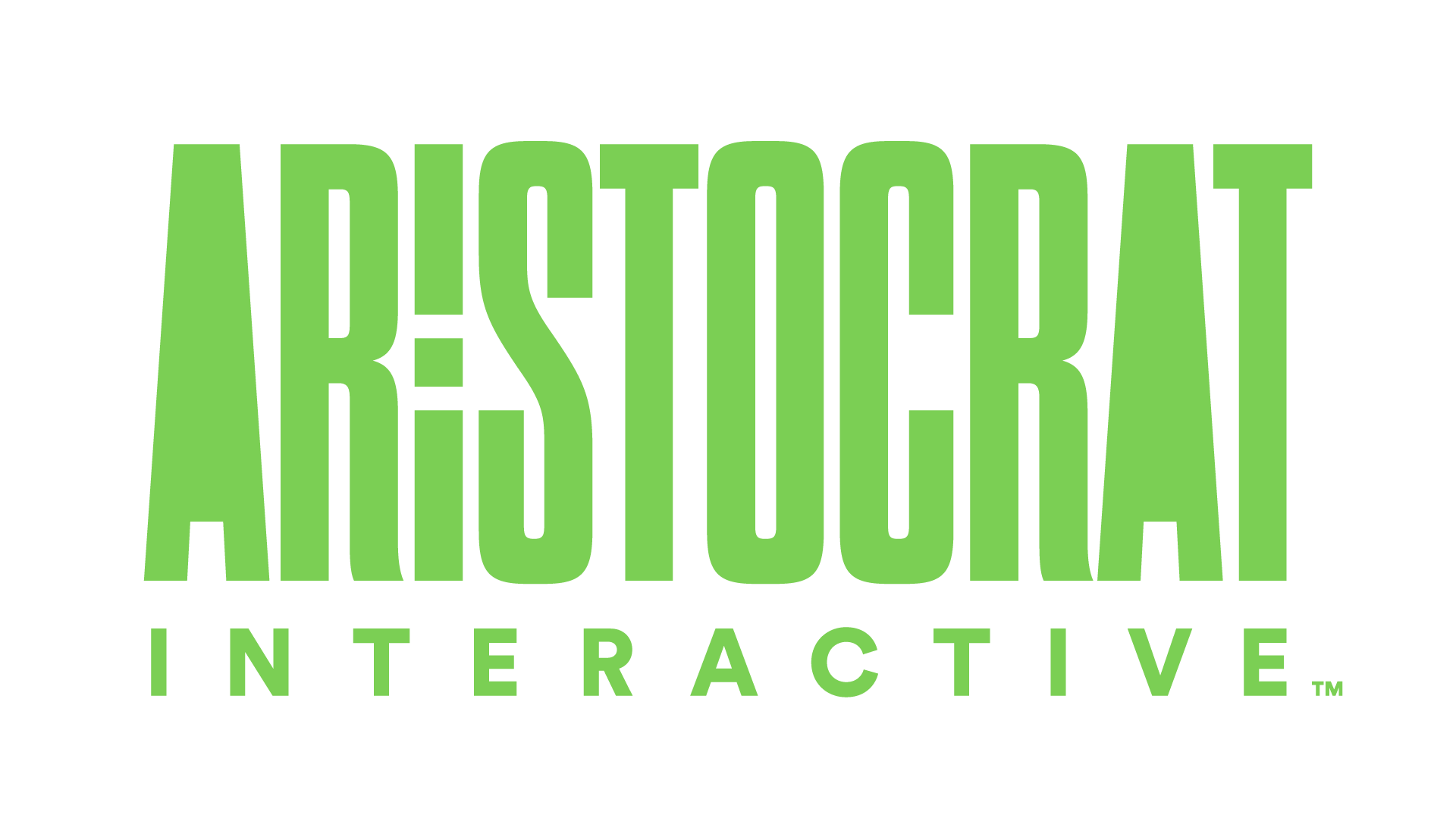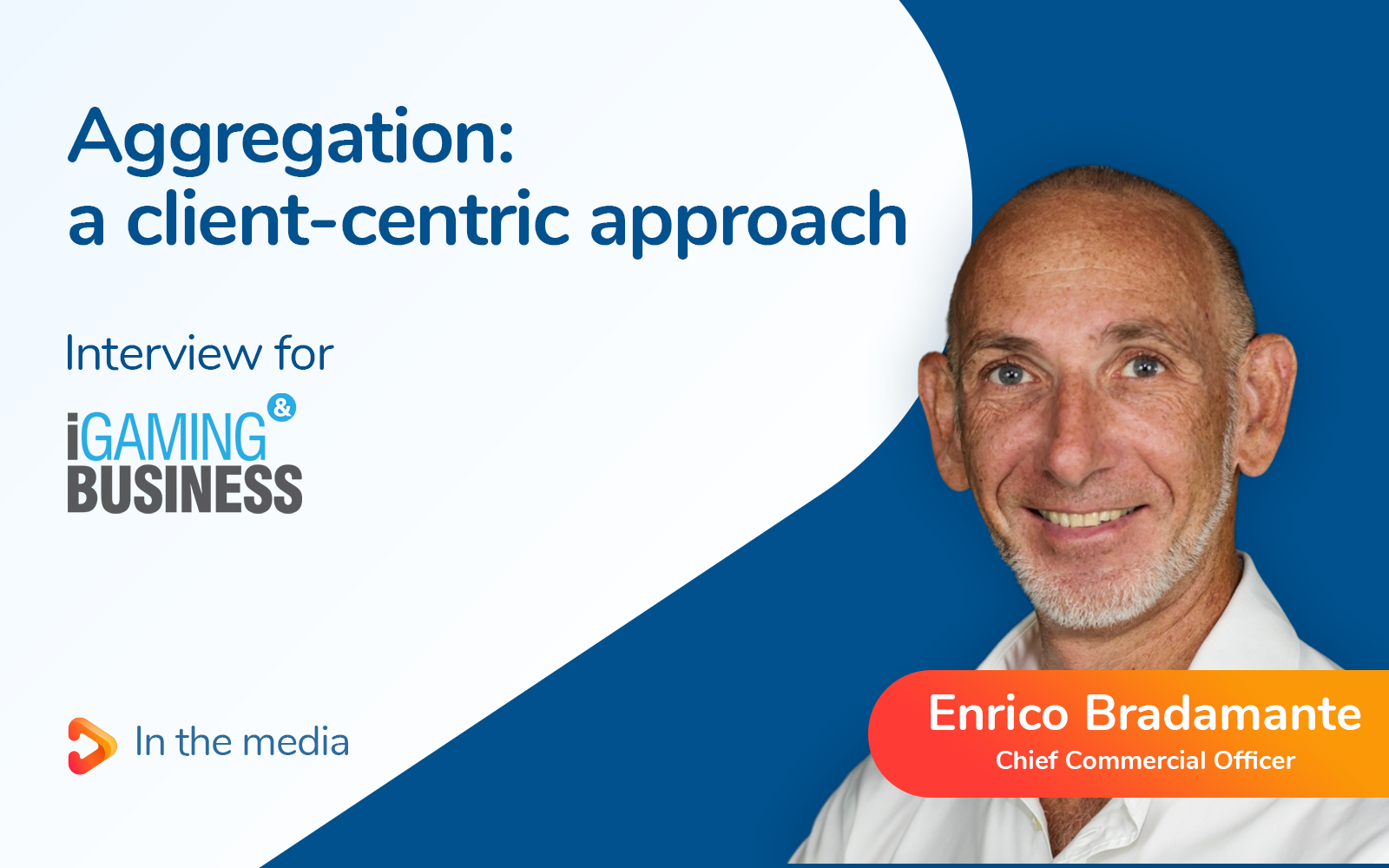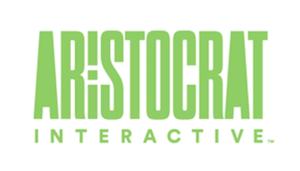As seen in iGB
Do you offer the same deal to every partner on your network – is there a baseline?
In the whole value chain, everybody needs to be able to make their fair earning. Commercially, it’s paramount that it works for all parties. We aim to be as flexible as possible in our offering and support our partners the best we can. There is certainly a lot of content currently being produced. Last year we launched over 3,500 new games (which is almost 10 titles a day!). With such a great offering, we aim to ensure maximum coverage immediately on launch, leveraging our global regulated network and proven technologies.
Is it as simple as providing studios with access to operators? What other benefits or development support, such as retention and engagement features, do you provide to partners?
Our Fusion aggregation platform is not only about making games available. We act as a technical conduit supporting both our vendors and operators where needed. Among other things, we offer support around regulation and entering new markets. Our GRT (Gaming Regulation Technology) solution is a type of “wrapper” for any game, from any vendor that is hosted on our Fusion platform. It dynamically adapts the game for the respective regulatory requirements.
We also offer our sophisticated seamless suite of engagement tools which requires no extra integration work and support our partners acquire and retain players.
For vendors that do not have their own RGS, we have established our Ignite program which offers the possibility to rebuild games on our platform, which we then certify in the 15+ regulated markets we are active and give them access to the amazing distribution network that we have at Pariplay.
What is your preference; do you look to fully integrate with every partner, or does this depend on the partner?
We have structured our tech stack to be able to make our solution available regardless on the integration approach. We can integrate into operators or vice versa without any hindrance to the offering. Our strategy is to ensure that technically, each connection is as seamless as a direct integration, if not better. We therefore aim to feature each of our vendor partner’s full offering, including engagement tools and such. Of course, we cannot insist on this and each vendor may need to extend the integration to apply this but our tech stack supports everything.
Talk us through the account management process with the operator clients; can you offer any sort of additional benefits, such as guaranteed positioning on sites?
We see ourselves as an enabler and not a controller. Our mission is to support our partners through transparency. We work hard to understand the wishes of all partners and help them meet in the middle. Sometimes it’s as simple as helping them communicate directly and us being flexible enough to support whatever they agree. Other times we can be the driver. We do not make decisions on behalf of either side however but instead ensure they are not hindered by inflexibility.
How do you balance multiple needs and demands across such a wide range of third-party partners, as well as with proprietary content?
I think the content can be split into different categories. There are Tier 1 vendors that are very well-established and work across several markets with well-known brands and games.
We then have localised content, for example converted land-based titles, that are known and popular in a particular geography and we can support them launch an online product. Finally, we have what we would call Tier 2 vendors that do not hold many licences and we provide them with access to regulated market. This is a shortcut for smaller companies to enter those markets without having to invest into the full licensing process.



